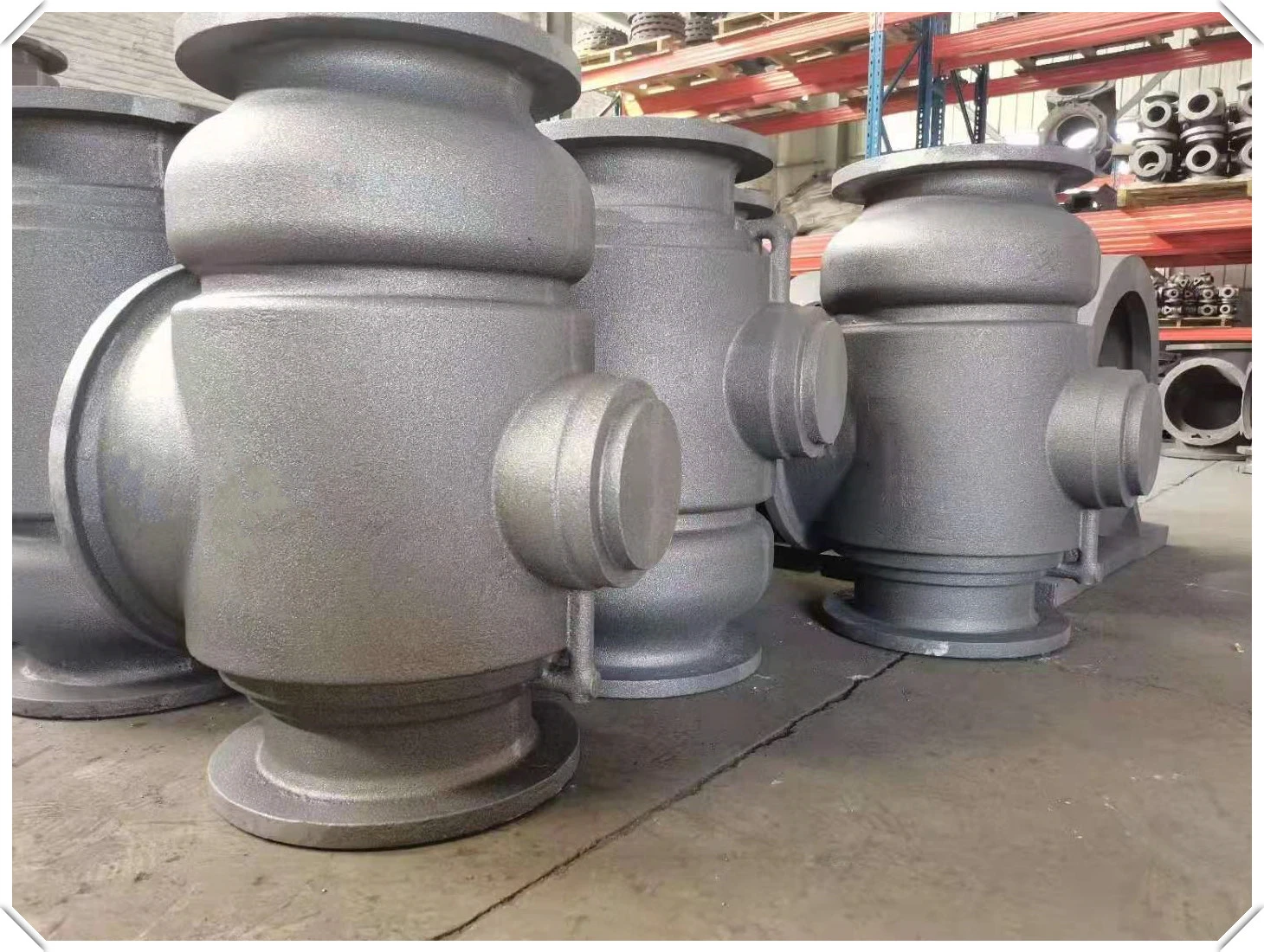Mobile:+86-311-808-126-83
Email:info@ydcastings.com
Submersible Pump Connector Features and Benefits for Efficient Water Management Systems
Understanding Submersible Pump Connectors A Comprehensive Guide
Submersible pumps have become an integral part of various industries, including agriculture, mining, and municipal water systems. These pumps are designed to operate underwater, which makes them efficient for draining water from wells, basements, and other submerged locations. However, their operation is heavily reliant not just on the pump itself but also on their connectors. This article will explore the significance of submersible pump connectors, their types, and best practices for use and maintenance.
The Role of Submersible Pump Connectors
Submersible pump connectors serve as the critical link between the pump and its power source, allowing for the transfer of electrical energy necessary for its operation. These connectors are engineered to withstand underwater conditions, ensuring safety and reliability. The harsh environment where submersible pumps operate requires connectors to be robust, waterproof, and resistant to corrosion. Poor-quality connectors can lead to failures, which may result in costly downtime or equipment damage.
Key Features of Submersible Pump Connectors
1. Waterproofing Submersible pump connectors are designed to prevent water ingress, which can lead to short circuits and equipment failure. The use of O-rings and sealing compounds is common to enhance waterproofing.
2. Robust Materials The materials used in these connectors should be resistant to corrosion, typically involving high-grade plastics or stainless steel. This ensures longevity and reliability, especially in harsh environments.
4. Electrical Compatibility Proper connectors must match the electrical requirements of the pump to ensure efficient energy transfer. This includes considerations of voltage, current, and power specifications.
Types of Submersible Pump Connectors
Submersible pump connectors can generally be categorized into two main types plug-and-socket connectors and cable splice connectors.
submersible pump connector

1. Plug-and-Socket Connectors These are commonly used due to their ease of assembly and disassembly. They allow for quick connections and disconnections, which is especially useful during maintenance or replacement of the pump. Many plug-and-socket connectors are designed to be interchangeable, facilitating upgrades and minimizing downtime.
2. Cable Splice Connectors These connectors are used for permanent connections, where cables from the pump are spliced together. They provide a very secure and reliable electrical connection, but they require more time and effort for installation. Cable splicing is often used in applications where a pump is expected to operate for extended periods without interruption.
Best Practices for Using Submersible Pump Connectors
1. Regular Inspections Regularly check connectors for signs of wear, corrosion, or damage. Early detection can prevent larger issues from developing.
2. Ensure Proper Installation Follow the manufacturer’s guidelines for installation to ensure all connections are secure and waterproofed.
3. Use Appropriate Connectors Selecting connectors that match the specifications of your submersible pump is essential for optimal performance. Always check the voltage and amperage ratings when purchasing connectors.
4. Protect Against Environment In addition to ensuring waterproofing, it is advantageous to protect connectors from environmental factors such as UV rays or extreme temperatures, which can degrade materials over time.
5. Maintain Cleanliness Keep connectors clean and free from debris to avoid electrical shorts. Regularly lubricate connectors as recommended by the manufacturer to facilitate easy coupling and uncoupling.
Conclusion
Submersible pump connectors play a crucial role in the successful operation of submersible pumps across various applications. By understanding their significance, types, and maintenance practices, users can enhance the reliability and efficiency of their pumping systems. Investing in high-quality connectors and adhering to best practices will lead to improved performance and longer service life for your submersible pumps, ultimately saving time and resources in the long run.
-
Why Should You Invest in Superior Pump Castings for Your Equipment?NewsJun.09,2025
-
Unlock Performance Potential with Stainless Impellers and Aluminum End CapsNewsJun.09,2025
-
Revolutionize Your Machinery with Superior Cast Iron and Aluminum ComponentsNewsJun.09,2025
-
Revolutionize Fluid Dynamics with Premium Pump ComponentsNewsJun.09,2025
-
Optimizing Industrial Systems with Essential Valve ComponentsNewsJun.09,2025
-
Elevate Grid Efficiency with High-Precision Power CastingsNewsJun.09,2025











